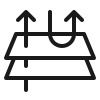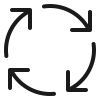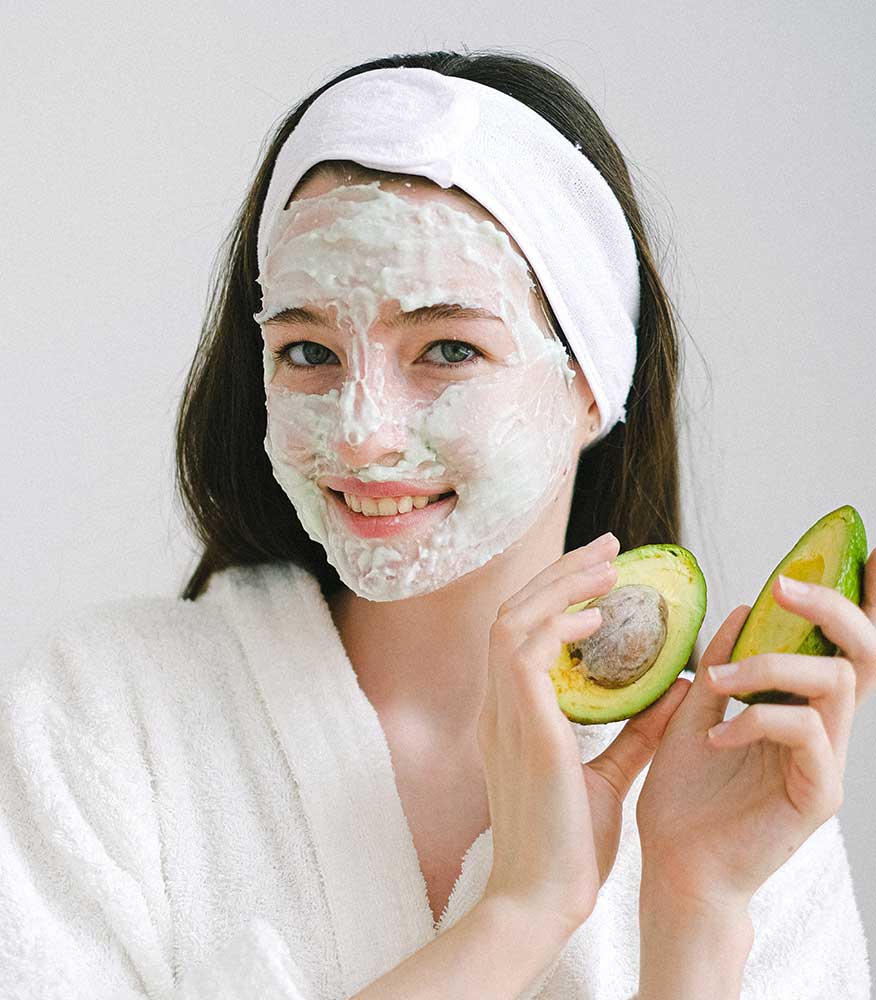Laser Wart Removal
Vancouver MediSpa, under the exceptional leadership of Kam, truly deserves every bit of praise it receives. From the moment I stepped in, I was greeted with warmth and professionalism. Kam is not only highly skilled and knowledgeable but also genuinely caring, ensuring every visit is a comfortable and enjoyable experience. The facilities are top-notch, impeccably clean, and equipped with the latest technology. Kam’s dedication to providing the best skincare solutions is evident in every aspect of the clinic. I couldn’t be happier with the results I’ve achieved here. Tario Sultan2024-03-29I have been dealing with acne and insecurities around my skin since I was a young girl, and I've tried everything! ...... Till I met Kam and her blessed Medi Spa. This woman is more than an aesthetician, she cares deeply about who I am and gives it her all to provide the best results--WHICH ARE MIRACULOUS! Thank you Vancouver Medi Spa, for your humble, warm, and delivering clinic. Laser is amazing, and Kam provides a plethora of education from A to Z. My face is now clear after 2 sessions...Something I dreamed of having since a young girl. The place is so clean, and filled with positivity. I especially love the ambiance of music and mantras that play in her spa during the sessions. She truly goes above and beyond to make her clients happy. :) Top laser medi spa in Vancouver for sure!!!!! Won't anything like this anywhere else. God Bless!
Tario Sultan2024-03-29I have been dealing with acne and insecurities around my skin since I was a young girl, and I've tried everything! ...... Till I met Kam and her blessed Medi Spa. This woman is more than an aesthetician, she cares deeply about who I am and gives it her all to provide the best results--WHICH ARE MIRACULOUS! Thank you Vancouver Medi Spa, for your humble, warm, and delivering clinic. Laser is amazing, and Kam provides a plethora of education from A to Z. My face is now clear after 2 sessions...Something I dreamed of having since a young girl. The place is so clean, and filled with positivity. I especially love the ambiance of music and mantras that play in her spa during the sessions. She truly goes above and beyond to make her clients happy. :) Top laser medi spa in Vancouver for sure!!!!! Won't anything like this anywhere else. God Bless! Sandra Al Hunaidi2024-03-21KAM IS AMAZING! The service is wonderful, FOTONA 4D!! Game changer. Thank you so much for the hospitality and great service. This is the BEST medi spa on the map.
Sandra Al Hunaidi2024-03-21KAM IS AMAZING! The service is wonderful, FOTONA 4D!! Game changer. Thank you so much for the hospitality and great service. This is the BEST medi spa on the map. sandra alhunaidi2024-02-22This review is for genuine knoweldge and kindness of kam. I went there for consultation and to get skin treatment but kam instead suggested i need to focus on my diet and be healthy from inside. She did not try to grab money like other estheticians. She suggested i should come back again once i get on track with my diet.
sandra alhunaidi2024-02-22This review is for genuine knoweldge and kindness of kam. I went there for consultation and to get skin treatment but kam instead suggested i need to focus on my diet and be healthy from inside. She did not try to grab money like other estheticians. She suggested i should come back again once i get on track with my diet. Manu Wr2024-02-18I have been getting laser treatments from Kam for the past few months. She is incredibly kind, knowledgeable, and professional. I’ve had laser treatments in the past that haven’t worked, so I was worried about investing in more. However, Kam did multiple test patches to see how my skin/ hair would react before charging me for any full treatments. I’m happy with my progress so far and can’t say enough good things about Kam!
Manu Wr2024-02-18I have been getting laser treatments from Kam for the past few months. She is incredibly kind, knowledgeable, and professional. I’ve had laser treatments in the past that haven’t worked, so I was worried about investing in more. However, Kam did multiple test patches to see how my skin/ hair would react before charging me for any full treatments. I’m happy with my progress so far and can’t say enough good things about Kam! Isabel Gittins2023-12-13Kam is super professional she knows what she is doing. Also she makes you feel so comfortable and welcomed. I’d recommend to anyone her clinic. Don’t hesitate to contact her.
Isabel Gittins2023-12-13Kam is super professional she knows what she is doing. Also she makes you feel so comfortable and welcomed. I’d recommend to anyone her clinic. Don’t hesitate to contact her. Monika Dienes2023-12-05I just love how Kam takes care of me, she really did great on my skin. Now I'm smooth as butter no need to shave. She even advised me on how to take care of my skin properly. I will definitely come back and highly recommend Vancouver Medispa.
Monika Dienes2023-12-05I just love how Kam takes care of me, she really did great on my skin. Now I'm smooth as butter no need to shave. She even advised me on how to take care of my skin properly. I will definitely come back and highly recommend Vancouver Medispa. Angelita Velasquez2023-11-03
Angelita Velasquez2023-11-03
Concerns
Laser Wart Removal Treatments
Our wart treatment options offer effective solutions to diminish wart size and encourage resolution.

Topical Treatments
Targets warts directly, Minimally invasive

Cryotherapy
Freezes warts effectively, Non-invasive

Surgical Removal
Targets deep-seated warts

Vancouver Medi Spa
Why Choose Us For Laser Wart Removal
When contemplating wart treatment options at Vancouver Medi Spa, it’s understandable to harbor concerns regarding the effectiveness of the treatments, potential discomfort during procedures, and the possibility of scarring.
Yet, be assured that our seasoned team places paramount importance on patient safety and comfort, employing validated techniques supported by scientific research to alleviate discomfort and enhance outcomes. Through comprehensive consultations, we address any apprehensions and customize treatment plans to suit individual needs, guaranteeing a positive journey and favorable results for every client.
Treatments
Laser Wart Removal Options in Vancouver, BC
Erbium laser wart removal is a precise and effective method for eliminating warts. This laser emits controlled pulses of light that target and ablate the wart tissue layer by layer. By gently vaporizing the wart, this treatment minimizes damage to surrounding healthy skin, resulting in smoother and scar-free results. Erbium laser wart removal is well-tolerated by most patients and typically requires minimal downtime, allowing for a quick return to daily activities.
Frequently Asked Questions
Learn More About Laser Wart Removal
Have you noticed a small, rough bump on your skin that won’t go away? It might be a wart. Warts are very common, harmless growths caused by a virus. While typically harmless, they can be bothersome and unsightly.
Warts are caused by the human papillomavirus (HPV), which triggers rapid growth of skin cells. Most people come into contact with HPV throughout their lives, through everyday activities.
While warts are common, it’s natural to wonder how you might have contracted them. Warts are primarily spread through direct skin-to-skin contact with someone who has them.
Our laser wart removal treatment utilizes advanced technology to precisely target and remove warts layer by layer. The process involves a dual laser approach, ensuring effective and thorough removal.
- Precise Removal: Our Er:YAG laser delivers controlled pulses of light to gently ablate the wart tissue, ensuring precise removal with minimal damage to surrounding skin.
- Comfortable Experience: Laser wart removal is typically well-tolerated by most patients and requires no anesthesia.
- Minimal Downtime: With no special aftercare necessary, you can resume your daily activities quickly after treatment.
- Reduced Recurrence: Laser treatment promotes faster healing and reduces the risk of future warts due to its inherent antibacterial effects.
Location
Conveniently Located In Vancouver, BC
Conveniently nestled in the heart of Downtown Vancouver, Vancouver Medi Spa offers easy access to premium aesthetic treatments at our centrally situated location on 1086 Hornby Street. Operating from 10 am to 8 pm every day, our extended hours cater to your busy schedule, ensuring that you can prioritize self-care and beauty enhancement at a time that works best for you. Whether you’re a local resident or visiting the vibrant city of Vancouver, our prime location makes it effortless to indulge in a rejuvenating spa experience and discover the transformative benefits of our advanced treatments.
Vancouver Medi Spa
Schedule a consultation
If you’re ready to take the first step towards achieving your aesthetic goals, schedule a consultation with us today. During your consultation, our experienced team will assess your unique needs and develop a personalized treatment plan tailored to you.
Whether you’re interested in laser hair restoration, pigmented lesion removal, or any of our other services, we’re here to help you look and feel your best. Contact us at 604-620-1772 or email us at info@vancouvermedispa.ca to book your consultation now.
First time clients
Claim our exclusive Medi Spa offer
Book your first appointment today and receive a complimentary wellness consultation with one of our experienced practitioners. Discover personalized solutions to address your unique needs and embark on a path towards total well-being. From rejuvenating spa treatments to therapeutic massage and skincare solutions, we’re here to help you look and feel your best from the inside out. Don’t wait any longer to prioritize your self-care journey. Claim your offer now and let us guide you towards a radiant, revitalized you.
